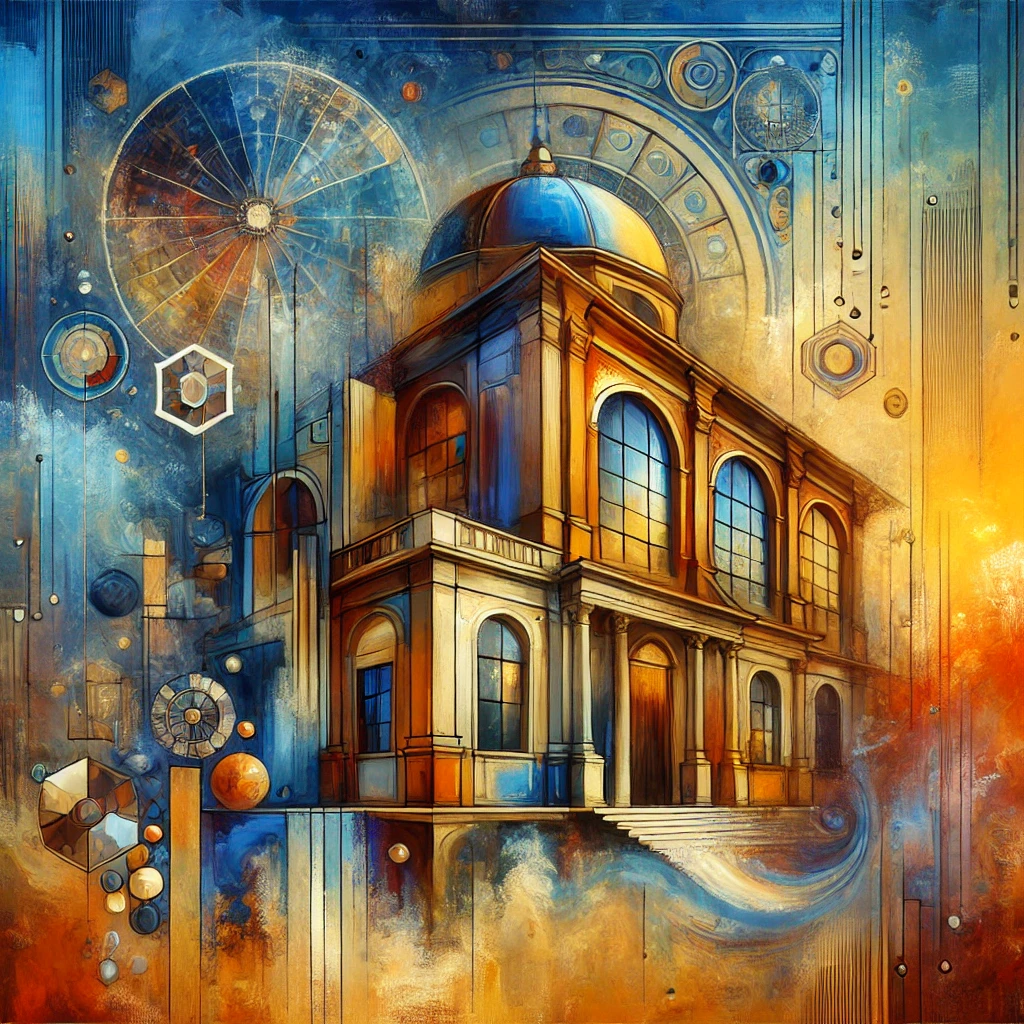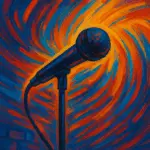Leonardo Da Vinci
Birth Date: April 15, 1452
Death Date: 1519-05-02
Place of Birth: Vinci, Republic of Florence (now Italy)
Place of Death: Amboise, Kingdom of France
Century: 15th-16th
Region: Europe
"Simplicity is the ultimate sophistication."
Leonardo da Vinci was deeply influenced by the intellectual and artistic environment of the Italian Renaissance. This period was characterized by a revival of classical learning, humanism, and a emphasis on the potential of human creativity. Leonardo's work, which seamlessly blended art and science, reflects the Renaissance ideals of curiosity, observation, and the pursuit of knowledge. His fascination with nature, anatomy, and mechanics informed his artistic practice, leading to innovative techniques and masterpieces that continue to inspire creativity across disciplines.
Leonardo Da Vinci believed in Humanism, which means focusing on people and their experiences. He thought creativity was essential to understanding and changing the world. His work, combining art and science, showed that all knowledge is connected, and creativity plays a big part in this.
Notebooks: Leonardo’s extensive notebooks cover a wide range of subjects, including art, science, anatomy, and engineering. They reveal his deep curiosity and innovative thinking, blending creativity with scientific inquiry.
Leonardo was deeply influenced by the Humanist tradition of the Renaissance, which emphasized the rediscovery of classical Greek and Roman philosophy, literature, and art. He was particularly inspired by the works of Aristotle, whose exploration of natural phenomena mirrored Leonardo’s own interests in anatomy, physics, and biology. The ancient Roman architect Vitruvius also significantly shaped his understanding of proportion and design, which is evident in his famous work, the Vitruvian Man. Additionally, the natural world and the scientific curiosity it inspired were central to Leonardo’s artistic and intellectual pursuits, leading him to innovate in ways that fused art and science.
Leonardo Da Vinci’s innovative approach to art, science, and engineering has influenced a wide range of disciplines, from Renaissance art to modern technology. His works, such as 'The Last Supper' and 'Mona Lisa,' have set the standard for artistic excellence and inspired countless artists, including Michelangelo and Raphael. Leonardo's notebooks, filled with sketches and inventions, have also influenced scientists and engineers like Nikola Tesla and Steve Jobs, who admired his ability to combine art and science.
Leonardo da Vinci is famous for his incredible art and ideas, but there have been some debates about his work. One issue is his secret studies of the human body, which were very advanced for his time but also raised ethical concerns. Some people feel that his dissections of bodies, while important for science, were questionable because they went against the religious rules of his era. Another point of discussion is that Leonardo often left his projects unfinished, which some people see as a sign of his endless curiosity, while others believe it shows he didn't always meet his commitments. His most famous painting, the Mona Lisa, has sparked countless discussions about who she really was, what her smile means, and how Leonardo created such a lifelike image.
Kant: Thought Leonardo didn’t finish many of his works because he wasn’t fully committed to completing them. Gombrich: Believed that Leonardo’s focus on science sometimes took away from his art. Freud: Suggested that Leonardo’s detailed studies of anatomy might be connected to deeper psychological issues.
Leonardo’s philosophical approach to understanding the world through observation and experimentation laid the groundwork for the empirical methods used in science and art today. His detailed studies of nature, like his anatomical drawings, have inspired the ongoing philosophical discourse on the relationship between art and science.
Leonardo Da Vinci was known for his incredible curiosity and diverse interests, which led him to start many projects but finish very few. One intriguing fact about him is that he was left-handed and wrote many of his notes in 'mirror writing,' a form of reverse handwriting that could only be read correctly when viewed in a mirror. Some historians believe this was to keep his ideas secret. Leonardo was also known for his love of animals; he was a vegetarian at a time when it was uncommon, and he would often purchase caged birds just to set them free.





